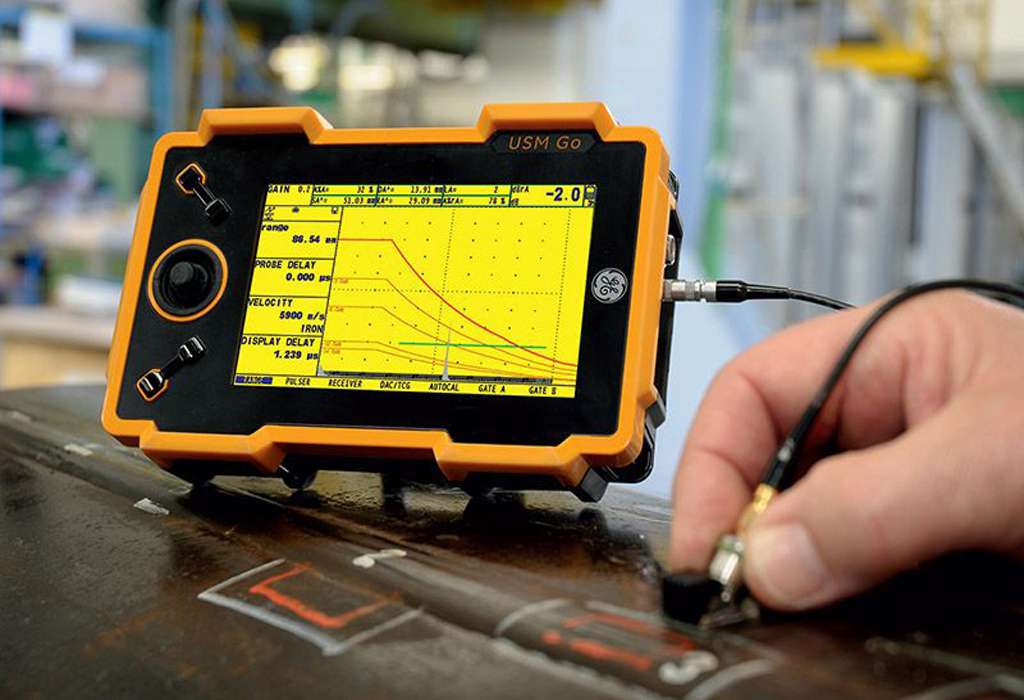Eddy current testing a modern Non-destructive testing – NDT method that has become one of the prime tool for quality control of products, materials and structures at various stages of manufacturing and in-service inspections. Eddy current inspection can be used to find finest surface and subsurface flaws in any conductive material. Spectrums of quality control engineering applications are existing applying Eddy current principles. Present Eddy current NDT method has applications in Aerospace Component Inspections, Heat exchanger tube inspections and other critical engineering applications.
Eddy Current Testing In Engineering Applications
1. Material sorting – mix up of various grade of materials either chemically different or variation in mechanical properties or metallurgically difference in structures can sorted using Eddy current testing equipments.
2. Surface and subsurface flaw detection in conducting materials. Flaws could be cracks, laminations, and other discontinuities that can be detrimental to the product performance.
3. Conductivity testing for metals.
4. Accurate measurement of Coating thickness with Eddy current testing. The coating can be conductive or nonconductive with few limitations on the accuracy of the measurements.
5. This NDT inspection method can also be used for thickness testing and measurement of especially low thicknesses of conductive materials where there is a restriction on using Ultrasonic thickness gauging due to component configuration or the quantum of inspection. Eddy current inspections can be either contact or non-contact type tests.
6. Eddy current testing is an effective means of verification of integrity of structures and estimation of corrosion damages for heat exchanger tubes. Routine in-service maintenance inspectionsusing Eddy current techniques yield reliable data for analysis and condition monitoring of plants and structures.
Principle of Eddy Current testing
When a test specimen is brought into proximity to the alternating flux field of an eddy current coil, coil flux causes electrons in the specimen to circulate in a swirling eddy-like pattern; hence the term “eddy currents.”Eddy current behavior depends on the properties of both the flux and the specimen itself. So eddy currents are circular alternating currents caused by a varying magnetic field.
Advantages of Eddy Current Testing
● Eddy currents are Sensitive to small cracks and other defects
● Eddy current testing detects surface and near surface defects
● Eddy current Inspection gives immediate results
● ET Equipment is very portable
● This Method can be used for much more than flaw detection
● Minimum part preparation is required
● Eddy current Test probe does not need to contact the part
● Eddy currents Inspects complex shapes and sizes of conductive materials
Limitations of Eddy Current testing
● Eddy current inspection is suitable for only conductive materials
● Surface must be accessible to the Eddy current probe/s
● Skill and training required to carry out eddy current inspection is more extensive than other techniques
● Surface finish and roughness may interfere with test results
● Reference standards needed for setup for every application
● Depth of penetration is limited
● Flaws such as de-laminations that lie parallel to the probe coil winding and probe scan direction are undetectable and may get detected only using specially designed Eddy current probes for such applications.


